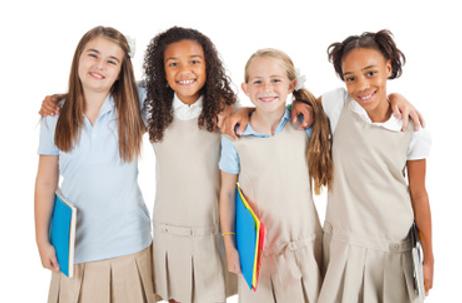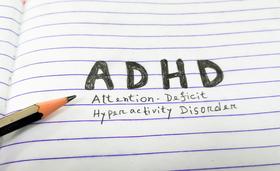As the United States takes its first steps into a new decade, public education is being scrutinized from every angle. Some advocate eliminating teachers’ unions and tenure, making instructors directly accountable for their students’ progress on standardized tests. Others maintain that the K-12 public education system is suffering from a critical shortage of qualified teachers, and improved salaries and working conditions are needed to recruit the best talent.
While policy-makers debate the feasibility of such large-scale changes, some school districts are trying to improve the educational outcomes of their public high school students by making a small, simple, but potentially powerful change. These school districts are considering changing school start times from the traditional 8:00 am to a later 8:30 am. What is their reasoning? Well-rested students learn better.
The Benefits of Later School Start Times
From improved learning to better health, there is a myriad of reasons public schools are considering starting school at 8:30 am.
Works with Teenagers’ Natural Sleep Rhythms
According to the National Sleep Foundation, children undergo a shift in sleep patterns when they enter puberty which causes them to remain alert later into the evening and to remain sleepy later in the morning. In other words, teenagers are naturally inclined to stay up later at night and wake up later in the morning.
Advocates argue that an 8:30 am start time improves students’ chances of success. In the early morning, when their brains are not





















